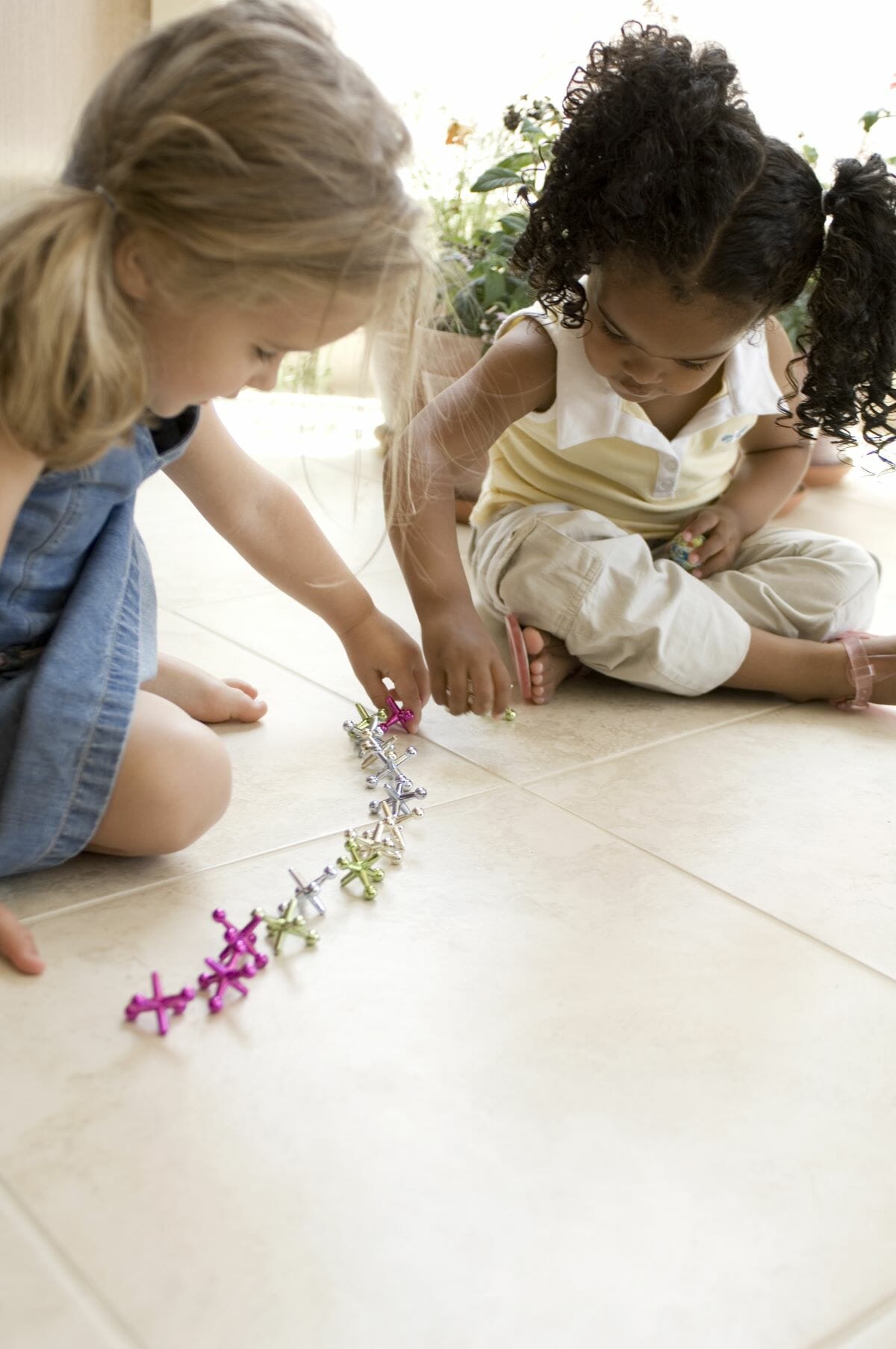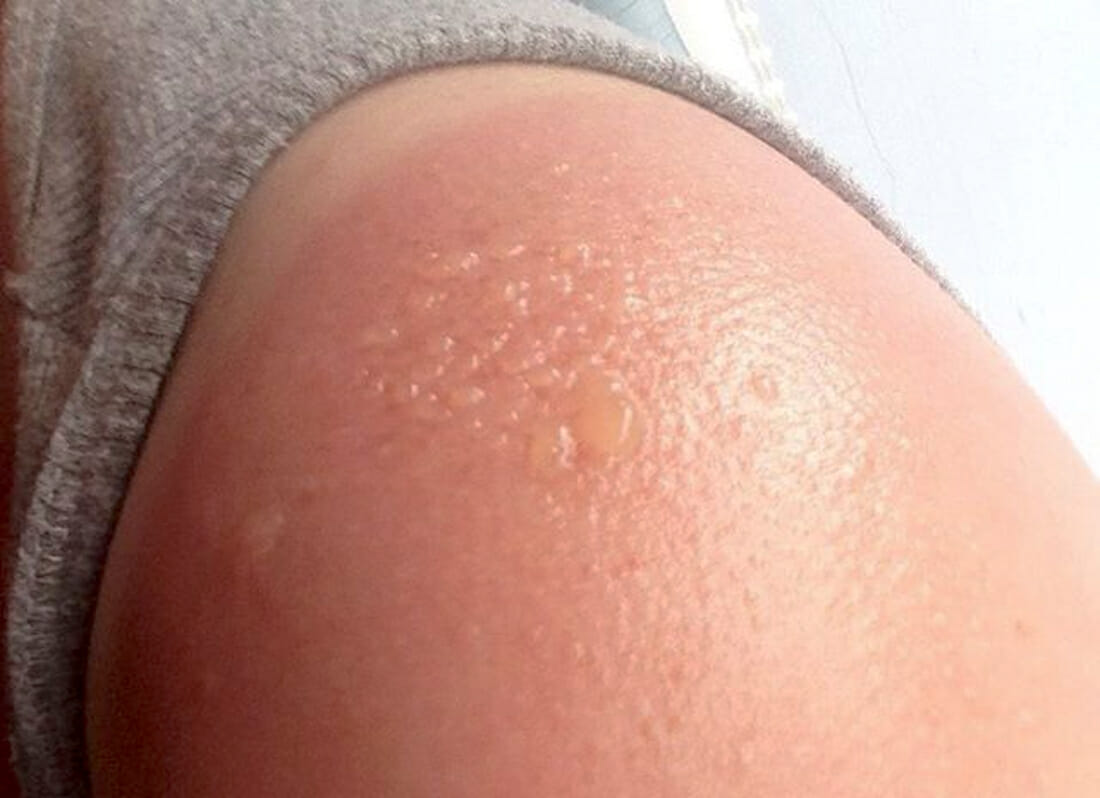When the weather warms, windows are opened and home improvement projects are started, which can kick up lead dust.
Roopa Thakur, MD, a pediatrician with Cleveland Clinic Children’s, reminds caregivers that it’s important to be mindful of lead exposure in a child’s play area.
“Making sure that the home is clean, as best as we can, in the areas where kids are playing on the floor and trying to reduce other sources of lead exposure in the home. So, trying to keep our windows closed, repainting over any chipping paint; those types of things can help,” she explained.
Dr. Thakur said children may also come into contact with lead if soil around a home or indoor flooring is contaminated with lead chips or dust from aging homes.
It’s important to keep in mind any home built before 1978 could have lead paint and may be a risk.
She added that children under age six, who have a tendency to put things in their mouths, are of greatest concern because critical brain development happens at this age.
Lead poisoning can have life-long impact on a child’s brain, including decreased IQ and neurological delays. It can also cause bone growth issues and gastrointestinal problems.
Symptoms of lead poisoning can be subtle, that’s why screening is so important.
“It may be just a change in behavior, it may be very vague complaints of abdominal pain, or headaches, or fatigue, or something like that. And, so, often, parents aren’t coming in with specific concerns about lead poisoning, and this is why we do universal screening,” said Dr. Thakur.
It’s recommended that kids are kept away from areas being remodeled. It’s also a good idea to have remodeling projects tarped off to prevent a child accessing the area.
In addition, Dr. Thakur said it’s important to hire lead-safe certified contractors to ensure everything is handled and cleaned up properly.
Source: Cleveland Clinic News Service












